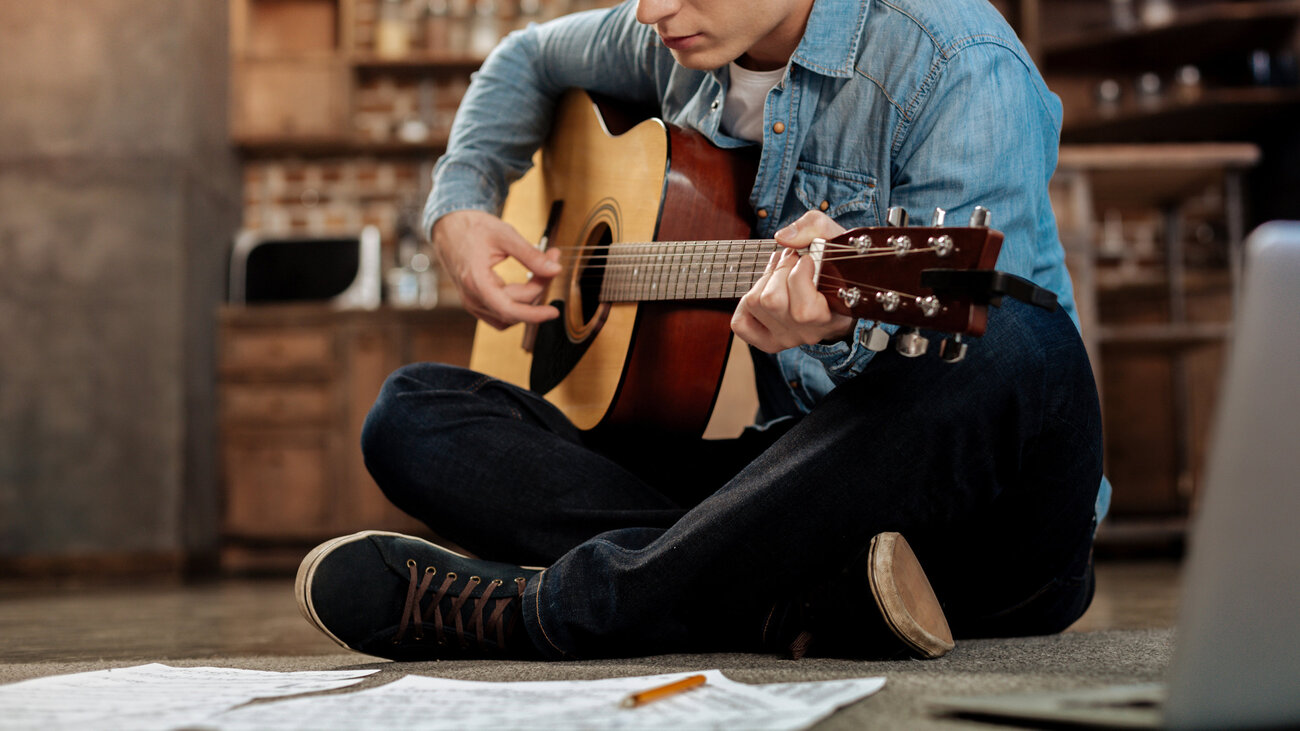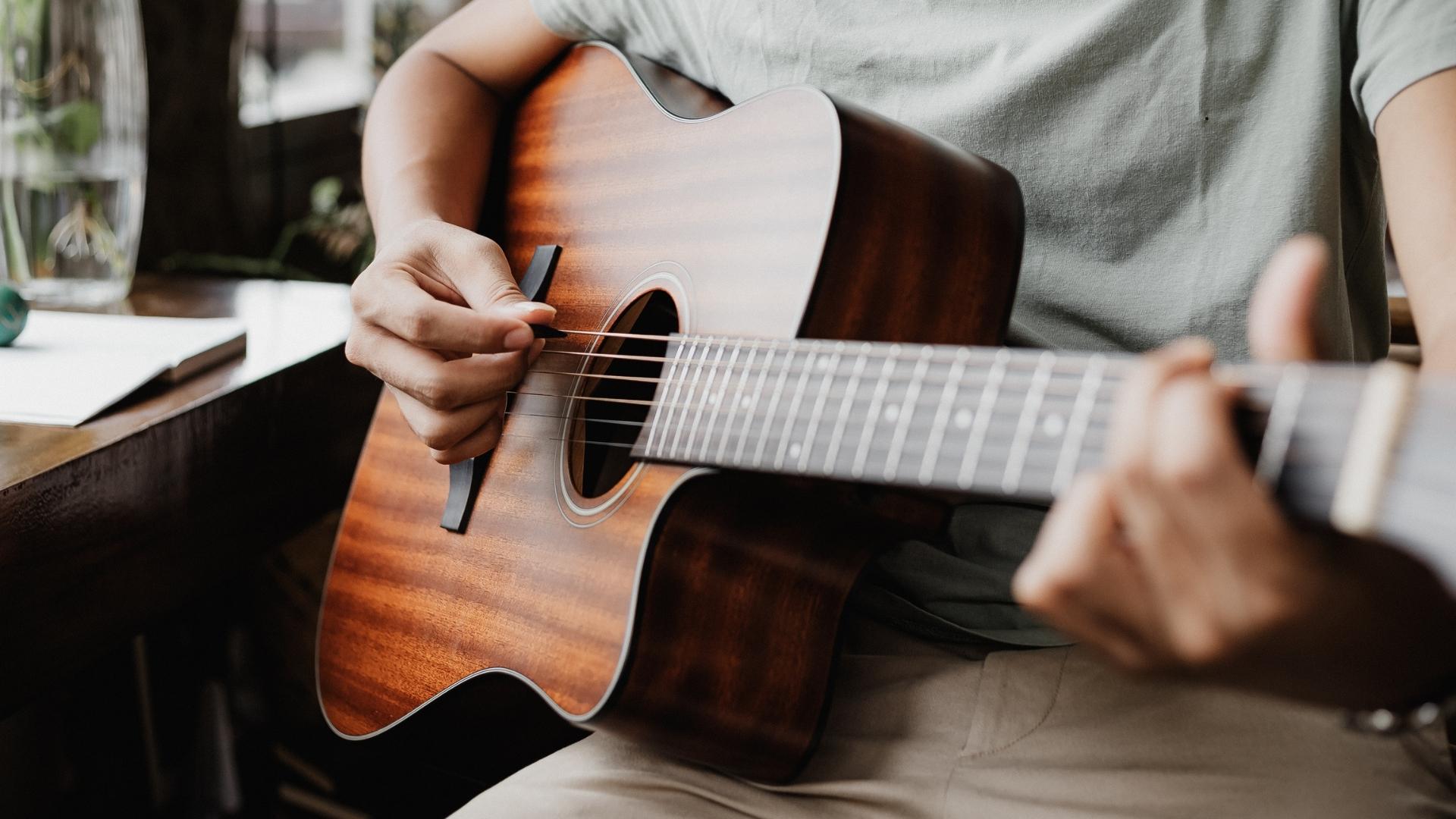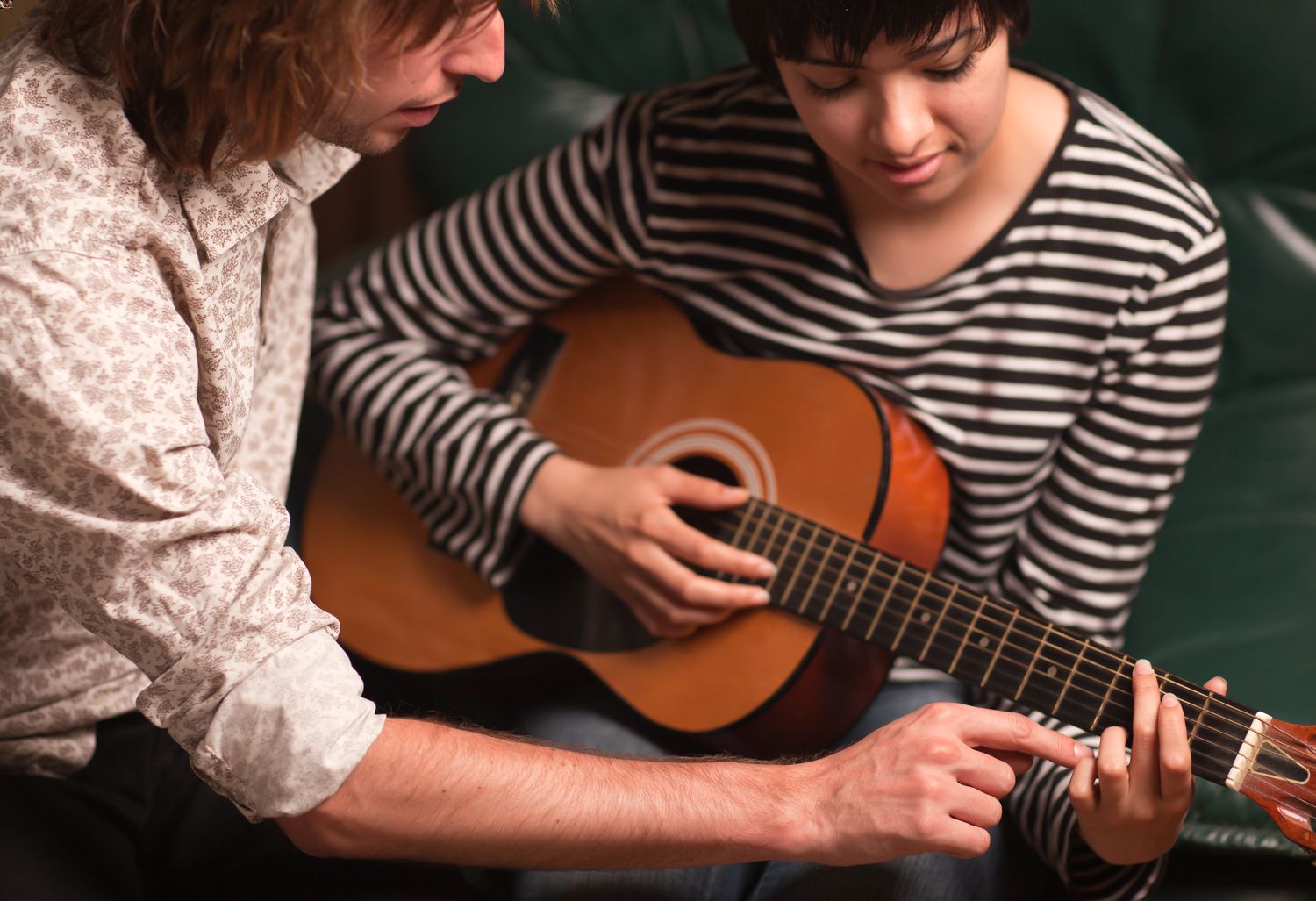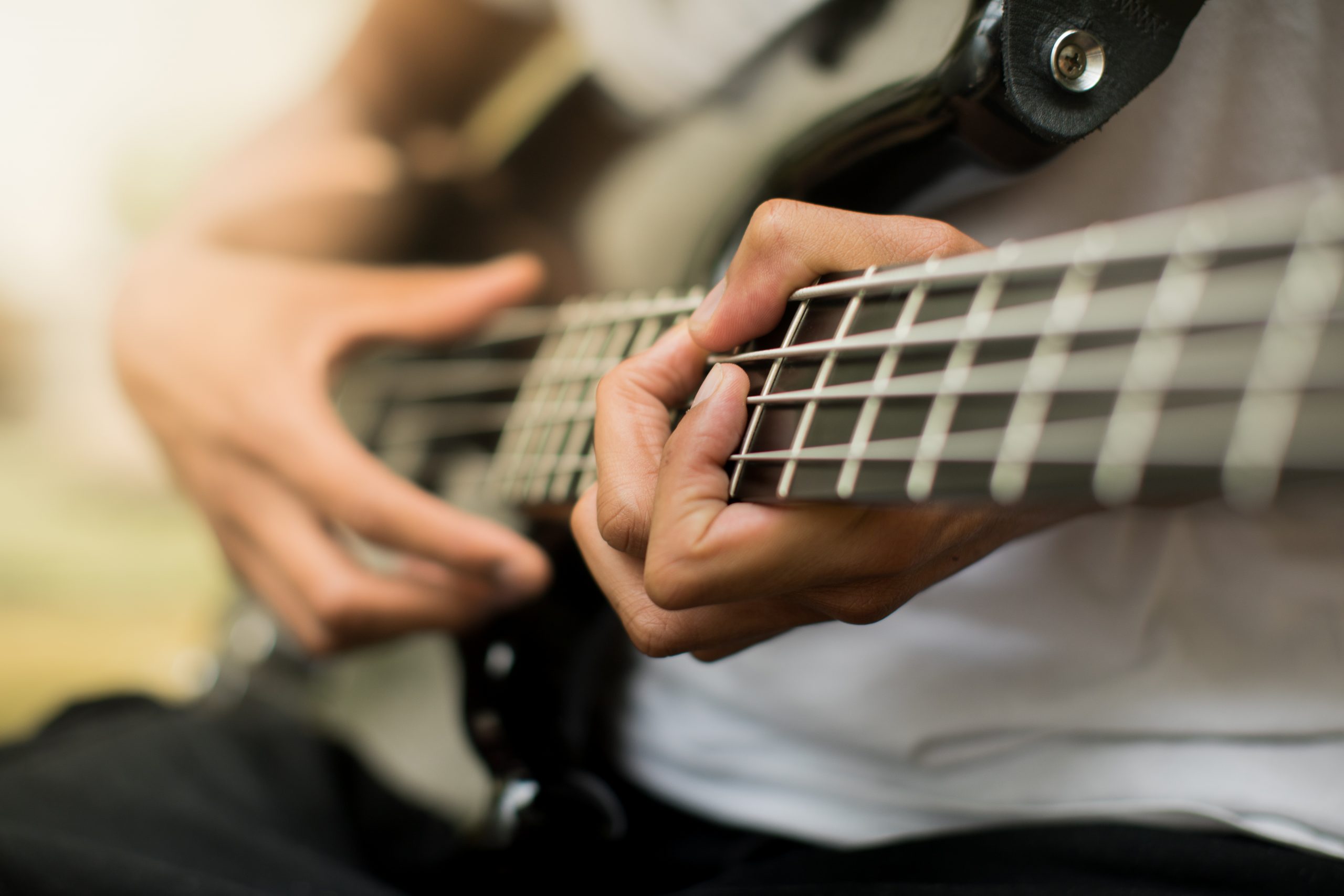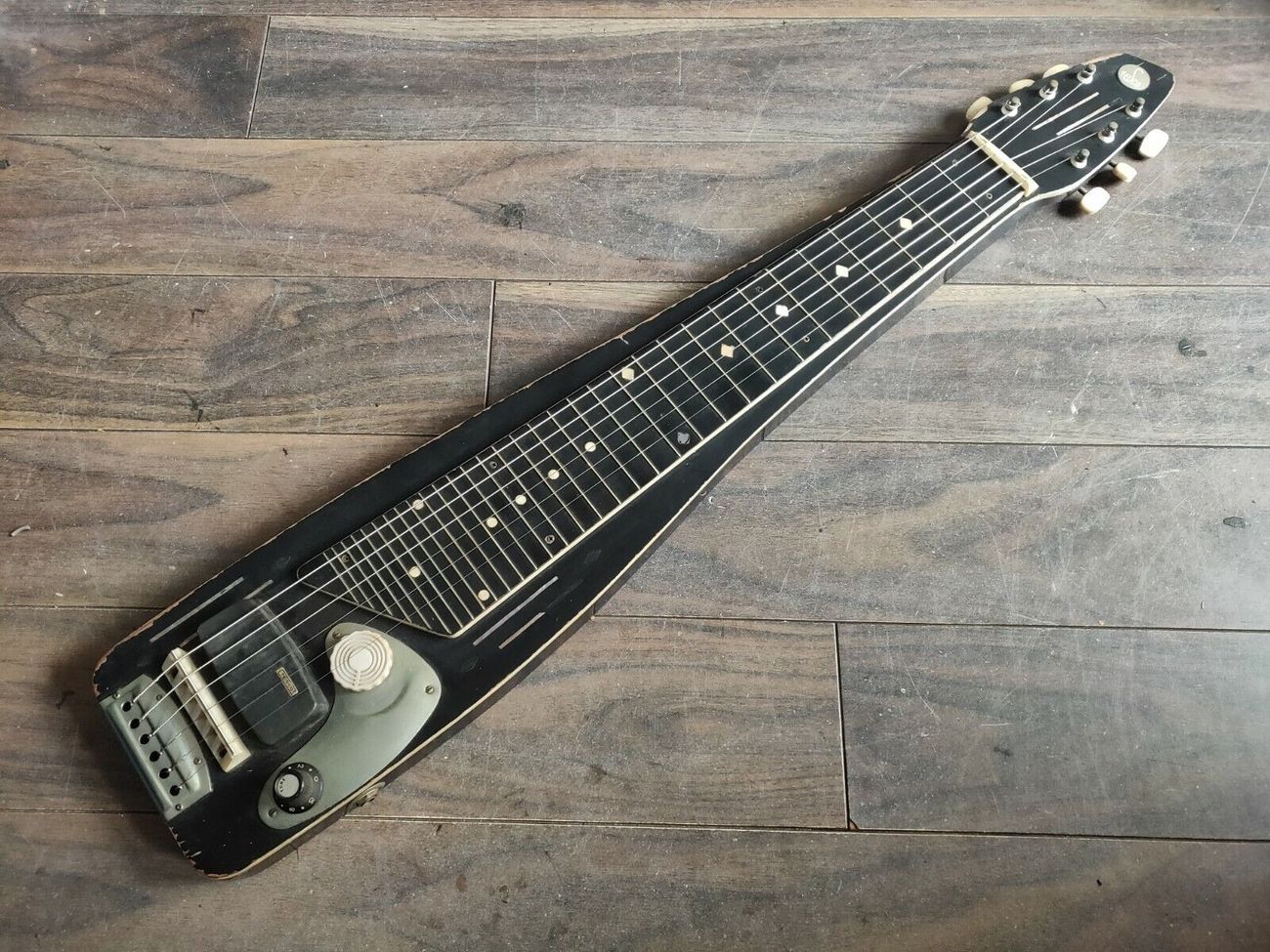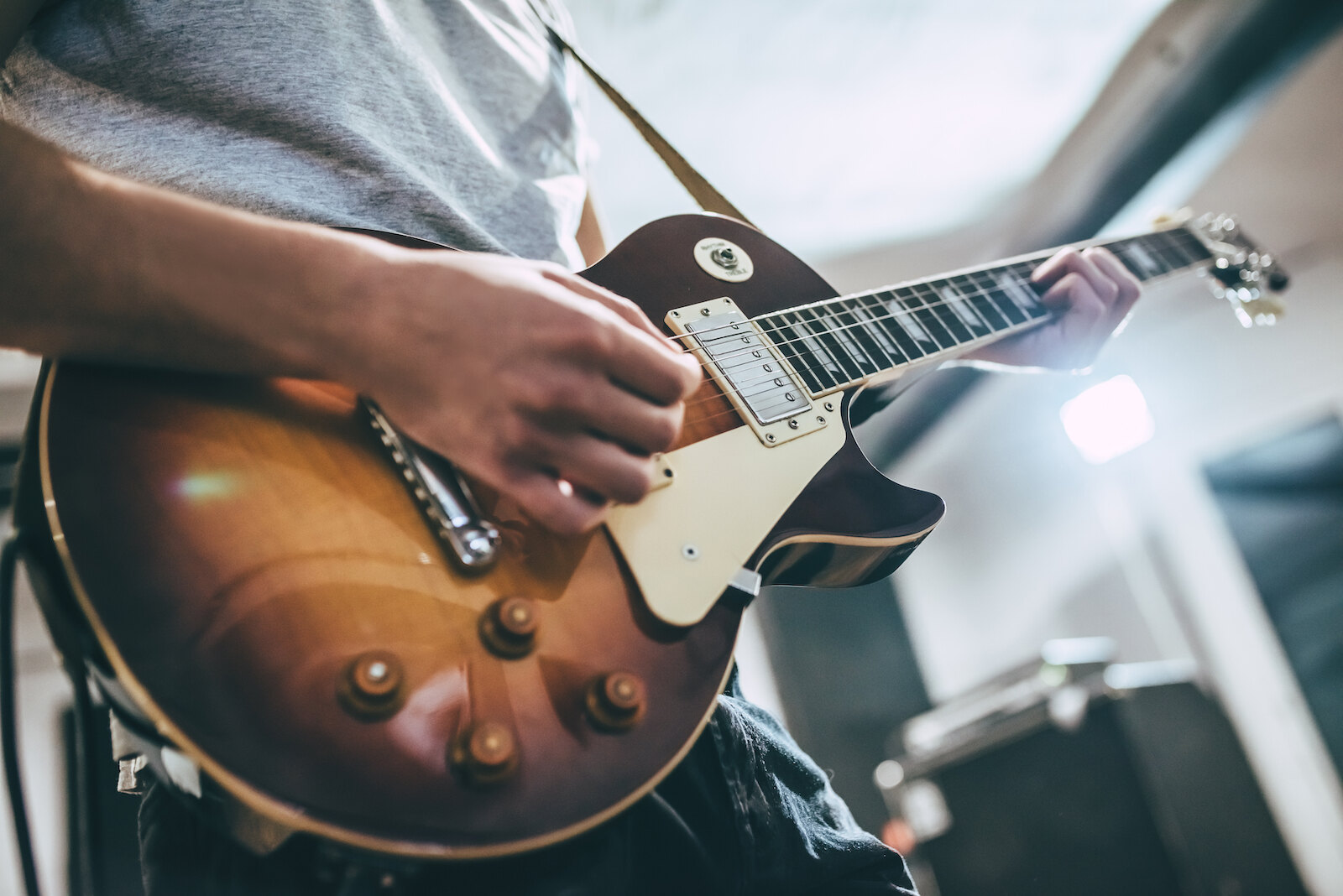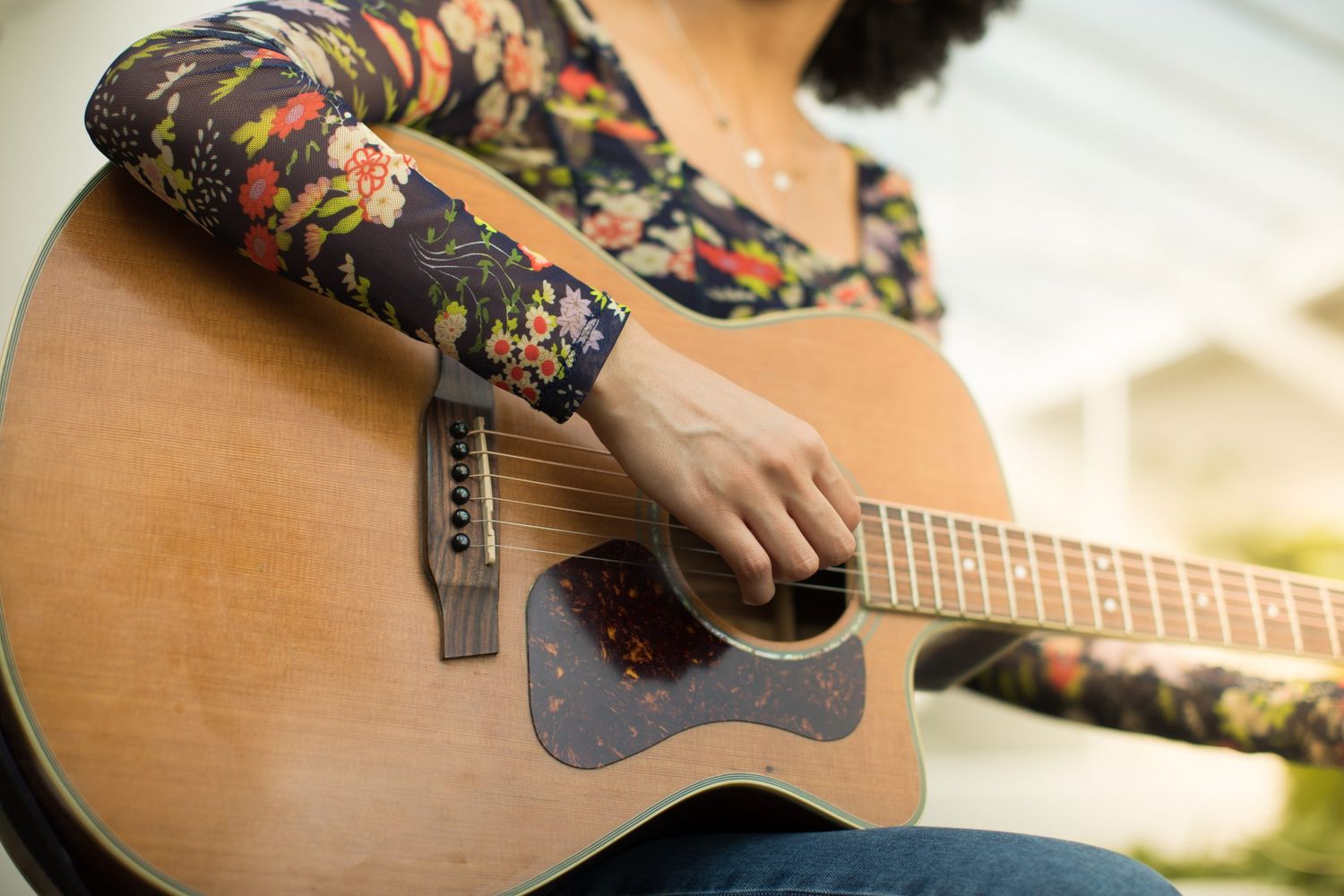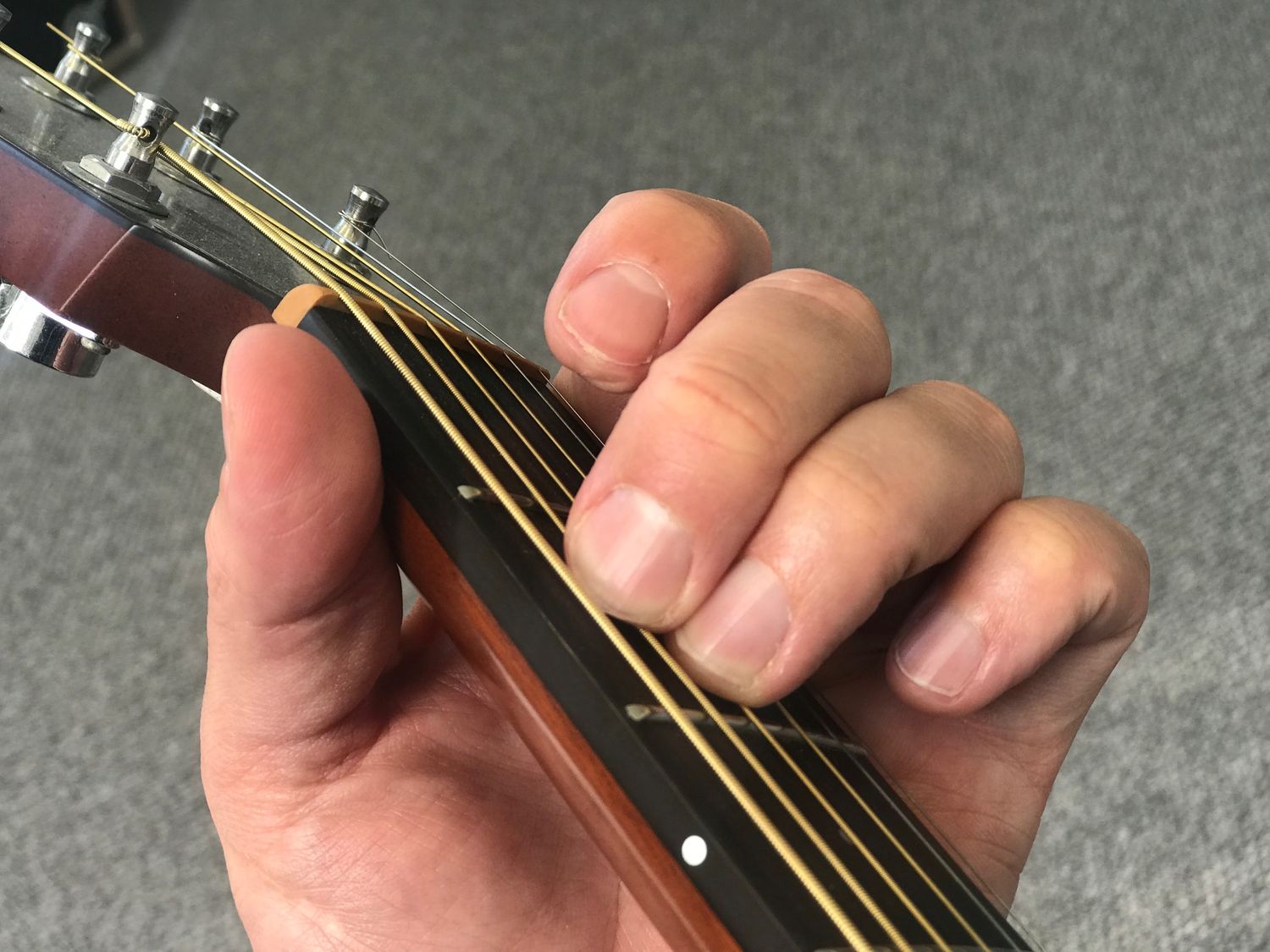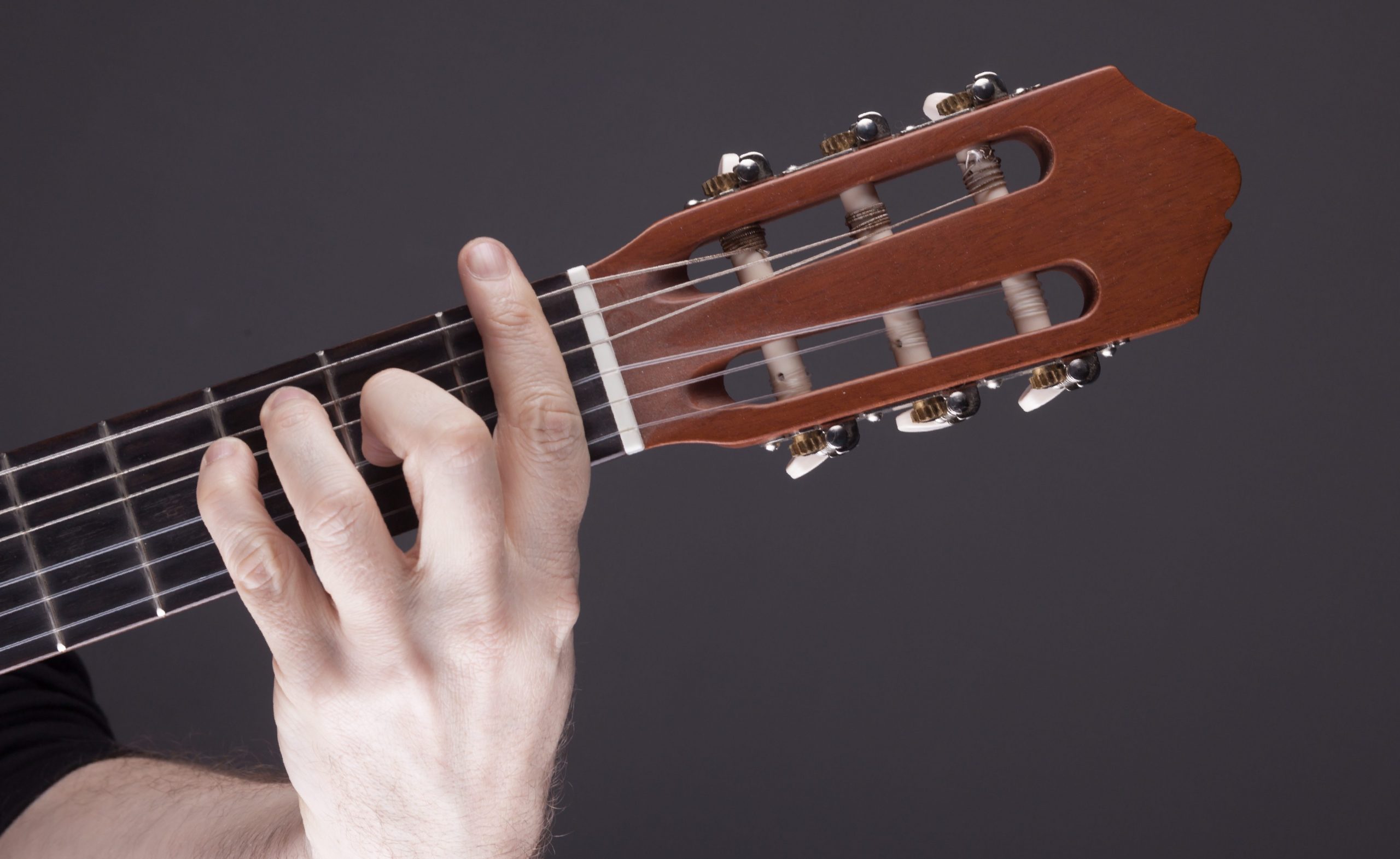Home>Instruments>Guitar>How To Play A Note On Guitar
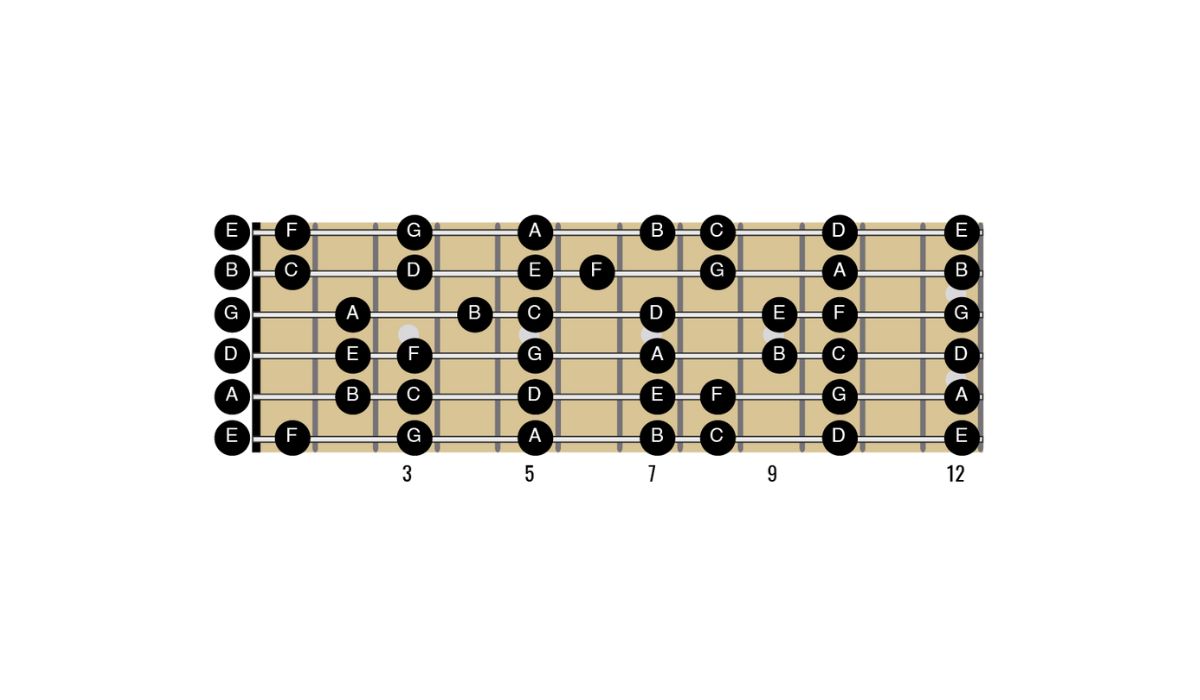

Guitar
How To Play A Note On Guitar
Modified: February 14, 2024
Learn how to play a note on guitar with our comprehensive guide. Master the basics and start strumming your favorite tunes today!
(Many of the links in this article redirect to a specific reviewed product. Your purchase of these products through affiliate links helps to generate commission for AudioLover.com, at no extra cost. Learn more)
Table of Contents
Introduction
Introduction
Playing the guitar is a rewarding and enjoyable endeavor that offers a creative outlet and a means of self-expression. Whether you're drawn to the soulful melodies of acoustic ballads or the electrifying riffs of rock anthems, mastering the art of playing the guitar opens up a world of musical possibilities. In this comprehensive guide, we'll delve into the fundamental techniques required to play a note on the guitar. From understanding the instrument to honing your finger placement and strumming technique, this article will equip you with the essential knowledge to embark on your guitar-playing journey.
The ability to play a note on the guitar serves as the cornerstone of every guitarist's skill set. As you develop proficiency in producing clear and resonant notes, you'll pave the way for mastering chords, scales, and eventually, entire songs. Whether you're a complete novice or have dabbled in guitar playing before, the insights shared here will provide valuable guidance as you navigate the initial stages of learning this versatile and captivating instrument.
Throughout this article, we'll explore the nuanced art of coaxing a melodic note from the guitar, offering practical tips and techniques to aid beginners in their musical pursuits. By the end of this guide, you'll have a solid grasp of the foundational principles necessary to play a note on the guitar with confidence and finesse. So, grab your guitar, tune the strings, and let's embark on this melodious journey together.
Understanding the Guitar
Understanding the Guitar
Before delving into the intricacies of playing a note on the guitar, it’s essential to familiarize yourself with the instrument itself. The guitar is a stringed instrument that typically features six strings, each of which corresponds to a specific musical note. These strings are tuned to produce a range of pitches, allowing for a diverse array of sounds to be created.
At the heart of the guitar lies the sound hole, which amplifies the vibrations of the strings, resulting in the rich, resonant tones that define the instrument. The body of the guitar, often crafted from wood, contributes to its acoustic properties and overall aesthetic appeal. Understanding the anatomy of the guitar, from the headstock to the bridge, provides valuable insight into how it produces sound and how it can be manipulated to create music.
Furthermore, becoming acquainted with the fretboard is crucial for aspiring guitarists. The fretboard is the long, slender section of the guitar neck that houses the frets – metal strips embedded along its length. These frets divide the neck into distinct segments, with each fret representing a specific musical note when pressed down by the fingers. By pressing the strings against the frets at varying positions, different notes and chords can be produced, forming the basis of melodic expression on the guitar.
As you familiarize yourself with the guitar, take the time to appreciate its versatility and the myriad playing styles it accommodates. From the gentle plucking of acoustic folk tunes to the blistering solos of electric rock ballads, the guitar adapts to a diverse range of musical genres and playing techniques. Embracing the nuances of the instrument will deepen your appreciation for its expressive potential and inspire you to explore its boundless creative possibilities.
By grasping the fundamental components and capabilities of the guitar, you’ll lay a solid foundation for your musical journey. With this knowledge in hand, you’re primed to proceed to the next crucial step: holding the guitar with confidence and ease.
Holding the Guitar
Holding the Guitar
As you prepare to play a note on the guitar, establishing a comfortable and stable grip on the instrument is paramount. Whether you’re seated or standing, the way you hold the guitar significantly influences your playing technique and overall dexterity. Let’s explore the proper methods for holding the guitar to optimize your playing experience.
When seated, place the guitar on your dominant leg, ensuring that the curved edge of the body rests against your torso. This position allows for easy access to the fretboard and promotes a natural alignment of your arms and hands. If you prefer to stand while playing, utilize a guitar strap to secure the instrument against your body at a height that feels comfortable. Maintaining a relaxed yet attentive posture while holding the guitar is key to executing notes and chords with precision and fluidity.
Next, orient the neck of the guitar at a slight upward angle, ensuring that it extends diagonally upward from the body. This positioning facilitates effortless maneuvering along the fretboard and minimizes strain on your wrist and fingers. As you acquaint yourself with the guitar’s dimensions and weight distribution, strive to find a balance that feels both secure and unrestricted, allowing you to move and reach the strings with ease.
Whether you opt for a classical, acoustic, or electric guitar, the principles of holding the instrument remain consistent. By maintaining a relaxed yet attentive posture and adjusting the guitar’s position to suit your comfort and playing style, you’ll set the stage for seamless note production and a more enjoyable playing experience. With the guitar securely in your grasp, it’s time to direct our focus to the intricate art of placing your fingers on the fretboard.
Placing Your Fingers on the Fretboard
Placing Your Fingers on the Fretboard
Mastering the art of placing your fingers on the fretboard is a pivotal aspect of playing the guitar. This technique, often referred to as fretting, involves pressing the strings against the frets to produce distinct notes and chords. As you embark on this fundamental aspect of guitar playing, it’s essential to approach fretting with precision and attentiveness.
Begin by positioning your fretting hand – the hand responsible for pressing the strings – so that your thumb rests comfortably on the back of the guitar neck. Your fingers should hover over the fretboard, ready to exert controlled pressure on the strings. When pressing a string against a fret, aim to position your fingertip just behind the fret wire, ensuring a clear and resonant sound when the string is plucked. This placement minimizes the potential for buzzing or muted notes, allowing the string to vibrate freely and produce a crisp tone.
As you acquaint yourself with fretting, pay close attention to the arch of your fingers. Maintaining a gentle arch in your fingers facilitates clean string contact and prevents adjacent strings from being inadvertently dampened. Additionally, strive to apply consistent pressure to the strings without tensing your hand excessively, as excessive tension can impede fluid movement and cause discomfort over prolonged playing sessions.
When transitioning between notes or chords, focus on lifting and placing your fingers deliberately, minimizing unintentional string noise and ensuring a seamless progression of tones. Practice transitioning between different fretting positions, gradually building muscle memory and finger dexterity. With patience and persistence, you’ll refine your fretting technique and cultivate the agility needed to navigate the fretboard with confidence.
As you hone your fretting skills, remember that precision and consistency are key. Embrace the process of refining your finger placement and exerting controlled pressure, as these foundational skills will underpin your ability to play notes and chords with clarity and expression. With a solid grasp of fretting technique, you’re poised to delve into the next vital component of playing a note on the guitar: strumming.
Strumming the Note
Strumming the Note
Strumming is a fundamental aspect of guitar playing that imbues notes with rhythm, dynamics, and emotive qualities. Whether you’re aiming to produce gentle, lilting melodies or vibrant, pulsating rhythms, mastering the art of strumming is essential for bringing your musical creations to life. In this section, we’ll explore the nuances of strumming a note on the guitar and the techniques that underpin this expressive element of playing.
When preparing to strum a note, position your strumming hand – typically the dominant hand – above the sound hole or pickup of the guitar. Your strumming motion should originate from the wrist, allowing for fluid and controlled movement across the strings. Begin by lightly resting your strumming hand on the strings, feeling the texture and tension of the strings beneath your fingertips. This initial contact sets the stage for the rhythmic interplay between your strumming hand and the strings.
As you initiate the strumming motion, maintain a relaxed yet purposeful demeanor, allowing the pick or your fingertips to glide smoothly across the strings. The angle of your strumming hand and the degree of force exerted on the strings contribute to the tonal character and volume of the note. Experiment with varying degrees of force and strumming patterns to discover the diverse array of sounds that can be coaxed from the guitar.
For beginners, focusing on consistent and even strumming patterns is integral to cultivating a sense of rhythm and timing. Practice strumming in a steady, metronomic fashion, ensuring that each stroke yields a clear and resonant note. As you acquaint yourself with the tactile sensation of strumming, pay attention to the tonal nuances produced by strumming closer to the bridge for a brighter sound or closer to the neck for a mellower timbre.
Additionally, as you progress in your guitar-playing journey, you’ll encounter various strumming techniques, such as palm muting, fingerstyle, and percussive strumming, each offering distinct sonic textures and rhythmic possibilities. Embrace the exploration of these techniques, allowing your strumming hand to become a conduit for expressing the full spectrum of emotions and musical styles.
With diligent practice and an attentive ear, you’ll refine your strumming technique, infusing each note with vitality and character. The marriage of precise fretting and expressive strumming culminates in the creation of melodious notes that resonate with depth and emotion. As you continue to hone your strumming prowess, you’ll unlock the boundless potential of the guitar as a vehicle for musical expression and creativity.
Tips for Beginners
Tips for Beginners
Embarking on the journey of learning to play the guitar is an exciting and rewarding endeavor, and as a beginner, it’s natural to encounter challenges and uncertainties along the way. To support your progress and foster a fulfilling learning experience, consider the following tips tailored to novice guitarists:
- Consistent Practice: Dedicate regular time to practice, even if it’s just a few minutes each day. Consistency is key to building muscle memory and reinforcing foundational skills.
- Focus on Technique: Prioritize proper fretting and strumming technique from the outset. Establishing good habits early on will set the stage for continued growth and proficiency.
- Patient Persistence: Learning the guitar is a gradual process, and progress may seem incremental at times. Embrace patience and maintain a positive attitude as you navigate the learning curve.
- Ear Training: Cultivate your ear for music by actively listening to notes, chords, and melodies. Developing a discerning ear will enhance your ability to replicate sounds and play by ear.
- Utilize Resources: Explore online tutorials, instructional books, and video lessons to supplement your learning. Leveraging diverse resources can provide valuable insights and guidance.
- Seek Guidance: Consider enlisting the support of a knowledgeable guitar instructor or joining a community of fellow learners. Constructive feedback and shared experiences can accelerate your growth as a guitarist.
- Explore Musical Styles: Experiment with various genres and playing styles to expand your musical horizons. Exploring diverse musical expressions will enrich your playing and nurture creativity.
- Embrace Mistakes: View mistakes as opportunities for learning and refinement. Embracing a growth mindset empowers you to persist through challenges and emerge as a more resilient musician.
By integrating these tips into your guitar-learning journey, you’ll lay a solid groundwork for continuous improvement and musical exploration. Embrace the process of learning, celebrate your progress, and savor the joy of creating music through the art of playing the guitar.
Conclusion
Conclusion
As we conclude this comprehensive guide to playing a note on the guitar, it’s evident that the journey of mastering this versatile instrument is both enriching and fulfilling. From understanding the foundational components of the guitar to honing essential techniques such as fretting and strumming, each step contributes to the development of a well-rounded guitarist.
For beginners, the initial stages of learning the guitar may present challenges, but with consistent practice, patience, and a willingness to embrace the learning process, the rewards are boundless. The ability to produce a resonant note on the guitar marks the inception of a musical odyssey filled with creativity, expression, and personal growth.
As you progress in your guitar-playing journey, remember that the pursuit of mastery is a continual evolution. Embrace the intricacies of the instrument, explore diverse musical styles, and nurture your unique musical voice. Whether you aspire to strum gentle acoustic ballads, unleash soaring electric solos, or delve into a myriad of genres, the guitar stands as a steadfast companion in your musical endeavors.
Above all, cherish the joy of creating music and savor the moments of inspiration that arise from the harmonious interplay of notes and chords. The guitar serves as a conduit for self-expression and emotional resonance, inviting you to weave your narrative through its melodic tapestry.
As you embark on this melodious journey, may the insights shared in this guide serve as a compass, guiding you toward a deeper understanding of the guitar and empowering you to cultivate a lifelong passion for playing this beloved instrument. Whether you’re strumming for personal enjoyment, performing for an audience, or composing original compositions, may your guitar-playing endeavors be infused with creativity, authenticity, and an unwavering love for the art of music.

